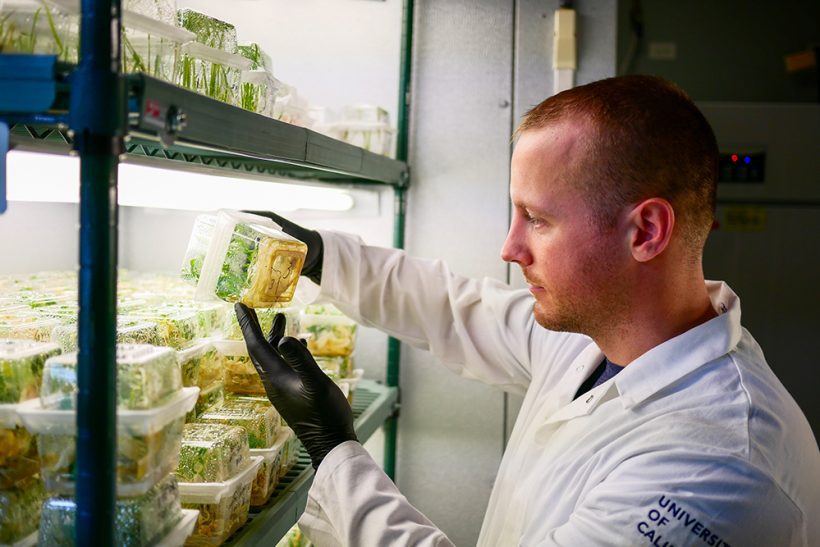Mark Zuckerberg wears many hats. Over his two decades in the spotlight, Zuckerberg has answered to several descriptions: coding genius, Harvard hopeful, and co-founder of arguably the most impactful social network the world has ever seen.
But the last few years have been a bit of a turn of the page for the figure. When he’s not working on the rollout of an ambitious and relatively unprecedented dip into the virtual reality sphere that is the Metaverse, Zuckerberg and his wife Priscilla Chan have begun their next chapters as philanthropists. The couple founded the Chan Zuckerberg Initiative (CZI), looking to fund exciting and scientifically sound ventures through their foundation. Now, CZI is tackling the buildup of atmospheric carbon through a donation to the Innovative Genomics Institute (IGI).
Announced this past June, CZI is donating $11 million to support the research program for altering the genetic makeup of common crops. IGI was founded in 2014 by Jennifer Doudna, entrepreneur and co-founder of CRISPR, the world’s leading gene editing technology.
Under Doudna’s guidance, the IGI’s program will use the funding to pursue methods of using CRISPR technology to create modified versions of today’s crops. These versions will be able to pull carbon from the atmosphere in significantly greater quantities than their current capability.
In doing this, researchers expect that a successful outcome will change the equation on changes to the climate, enabling us to pull increasing amounts of harmful pollutants after they’ve already been emitted. “We’re excited to support the Innovative Genomics Institute’s important research into new applications of gene-editing technology,” says Chan, CZI co-founder. “This technology has the potential to supercharge the natural abilities of plants.”

The IGI’s research isn’t just limited to plants and their ability to capture carbon. Because nature-based carbon capture isn’t a one-step process, the IGI has divided the research team into three separate groups, each working on one specific part of the process:
- One group looks into how carbon moves from the atmosphere to the plants;
- Another one tackles the path of carbon through the plant and to its roots; and
- The other team examines what happens to the carbon once absorbed into the soil.
Increasing carbon retention in the soil is an essential part of the effort. Until about 200 years ago, the world of pre-industrialized agriculture was one where land had a knack for naturally storing carbon.
We are now two centuries of “modern” farming practices later, and global soils have leaked an estimated 487 billion metric tons of carbon dioxide back into the atmosphere. This number resembles the total American fossil-based carbon emissions since the industrial revolution. By addressing the full cycle of natural carbon sequestration all at once, IGI researchers hope to avoid a scenario where crops lose any benefits of genetic modification due to “stored” carbon slowly leaking back out over time.
Research is just starting, and the IGI says the program is expected to take three years to complete. “We’ve understood for some years that CRISPR genome editing could be used to help agriculture adapt to climate change. It’s a thrilling new step to apply the same toolkit to carbon removal and address climate change directly,” says Doudna of the team’s current expectations. Much work is to be done, but officials like IGI executive director Brad Ringeisen welcome the challenge. “This is not easy, but we’re embracing the complexity.”





